Toronto, Ontario–(Newsfile Corp. – April 9, 2019) – Appia Energy Corp. (CSE: API) (OTCQB: APAAF) (FSE: A0I.F) (FSE: A0I.MU) (FSE: A0I.BE) (the “Company” or “Appia”) is pleased to report that the winter diamond drill program (the “Program”) on the Loranger property (the “Property”) has been successfully completed. The Property is located 28 km southeast of Cameco’s Rabbit Lake mill, Athabasca Basin, northern Saskatchewan.
A total of 1,063 metres was completed in eight drill holes covering three target areas. Anomalous radioactivity, hydrothermal alteration styles (bleaching, clay minerals, hematite and limonite redox fronts, smoky quartz, and chlorite), and re-mobilized ductile/brittle structural zones were intersected within each target area.
Mr. James Sykes, Appia’s Vice-President, Exploration and Development, comments: “We are encouraged with the new drill results and remain confident that the Loranger property is highly prospective for high-grade uranium occurrences. We’ve observed a combination of radioactivity, alteration and structural styles, and characteristic mineral assemblages that all share visual similarities with nearby basement-hosted Athabasca high-grade uranium deposits (e.g., Eagle Point, Roughrider). The information we’ve gained from these drill holes has provided us with additional insight to guide future exploration programs on the Loranger property”.
Together with the 2017 program, the Company has tested 5 of the 22 previously identified gravity low targets and covered only 2.3 km of the 94.0 total km of conductive strike length; with a cumulative total of 15 drill holes and 2,524 total metres drilled. The Company remains well-funded to continue the 2019 Rare Earth Element ground exploration program and drilling at Alces Lake and the uranium properties.
A downhole HLP 2375 natural gamma-ray spectrometer probe manufactured by Mt. Sopris was used to measure all natural gamma radiation in counts-per-second (“cps”) in the drill holes. The reader is cautioned that Appia uses natural gamma-ray readings only as a preliminary indication of the presence of radioactive materials (uranium-, thorium- and/or potassium-rich minerals) and that the results may not be used directly to quantify or qualify uranium concentrations within the rock. The Company considers all HLP 2375 readings greater than 300 cps to be anomalous radioactivity.
All drill core samples have been sent to Saskatchewan Research Council’s Geoanalytical Laboratory, an ISO/IEC 17025:2005 (CAN-P-4E) certified laboratory in Saskatoon, SK, for uranium, multi-element and REE analysis, and determination of source(s) and concentrations of radioactive materials. Lab analysis results will be announced as soon as they are received and reviewed by the Company.
The technical content in this news release was reviewed and approved by Dr. Irvine R. Annesley, P.Geo, Advisor to the Board of Directors of Appia, and a Qualified Person as defined by National Instrument 43-101.
About Appia
Appia is a Canadian publicly-traded company in the uranium and rare earth element sectors. The Company is currently focusing on delineating high-grade critical rare earth elements (“REE”) and uranium on the Alces Lake property, as well as prospecting for high-grade uranium in the prolific Athabasca Basin on its Loranger, North Wollaston, and Eastside properties. The Company holds the surface rights to exploration for 64,045 hectares (158,259 acres) in Saskatchewan.
The Company also has a 100% interest in 13,008 hectares (32,143 acres), including rare earth element and uranium deposits over five mineralized zones in the Elliot Lake Camp, Ontario, which historically produced over 300 million pounds of U3O8 and is the only Canadian camp that has had significant rare earth element (yttrium) production.
Appia’s Management and Board have over 250 years of combined industry experience, and the Technical team is directed by James Sykes, who has had direct and indirect involvement with over 450 million lbs. U3O8 being discovered in five deposits within the Athabasca Basin.
Appia has 65.0 million common shares outstanding, 83.6 million shares fully diluted.
Cautionary Note Regarding Forward-Looking Statements: This News Release contains forward-looking statements which are typically preceded by, followed by or including the words “believes”, “expects”, “anticipates”, “estimates”, “intends”, “plans” or similar expressions. Forward-looking statements are not guarantees of future performance as they involve risks, uncertainties, and assumptions. We do not intend and do not assume any obligation to update these forward-looking statements and shareholders are cautioned not to put undue reliance on such statements.
Neither the Canadian Securities Exchange nor its Market Regulator (as that term is defined in the policies of the CSE) accepts responsibility for the adequacy or accuracy of this release.
For further information, please contact:
Tom Drivas, President, CEO and Director: (tel) 416-546-2707, (fax) 416-218-9772 or (email) appia@appiaenergy.ca
James Sykes, Vice-President, Exploration and Development, (tel) 306-221-8717, (fax) 416-218-9772 or (email) jsykes@uraniumgeologist.com
Frank van de Water, Chief Financial Officer and Director, (tel) 416-546-2707, (fax) 416-218-9772 or (email) fvandewater@rogers.com




